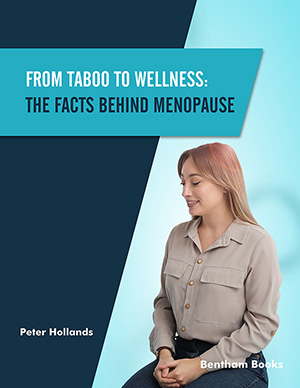Abstract
Background: China officially launched the universal two-child policy in January 2016. No studies in China have examined the characteristics of pregnant women since the implementation of the new family planning policy.
Methods: We conducted a retrospective cohort study in Chengdu, China, to examine pregnant women's sociodemographic and obstetric characteristics satisfying the new policy requirements. Two thousand pregnant women were enrolled in the case group, 2016-2017. The comparison group included 2,000 pregnant women from the same institutions. Maternal and clinical information was extracted from medical records.
Results: Compared to comparisons, the case group tended to have a higher household income and work in a non-state-owned enterprise/institution. Additionally, cases were more likely to be older (OR=1.36; 95% CI 1.09-1.70), have a history of cesarean section (OR=31.68; 95% CI 24.76-40.54), and suffer from gestational hypertension (OR=3.35; 95% CI 1.56-7.19), gestational diabetes mellitus (OR=1.61; 95% CI 1.24-2.10) and placenta previa (OR=4.45; 95% CI 2.70-7.34) than comparisons.
Conclusion: We suggest emphasizing the importance of reproductive counseling and assessment, particularly targeting those satisfying the universal two-child policy requirements.
Keywords: Two-child policy, pregnant women, obstetrics, China, associated factors, clinical information.
[http://dx.doi.org/10.1111/j.1728-4457.2009.00298.x] [PMID: 20376285]
[http://dx.doi.org/10.1016/S0140-6736(16)31405-2] [PMID: 27751400]
[http://dx.doi.org/10.1371/journal.pmed.1002307] [PMID: 28558024]
[http://dx.doi.org/10.2196/mhealth.3422] [PMID: 25760773]
[http://dx.doi.org/10.1111/1471-0528.12659] [PMID: 24641535]
[http://dx.doi.org/10.1007/s10995-015-1914-8] [PMID: 26686195]
[http://dx.doi.org/10.1371/journal.pone.0056583] [PMID: 23437176]
[http://dx.doi.org/10.3109/14767058.2013.807240] [PMID: 23713943]
[http://dx.doi.org/10.1590/0102-311x00206116] [PMID: 29489954]
[http://dx.doi.org/10.2471/BLT.11.090399]
[PMID: 25876802]
[PMID: 16202308]
[PMID: 21609575]













